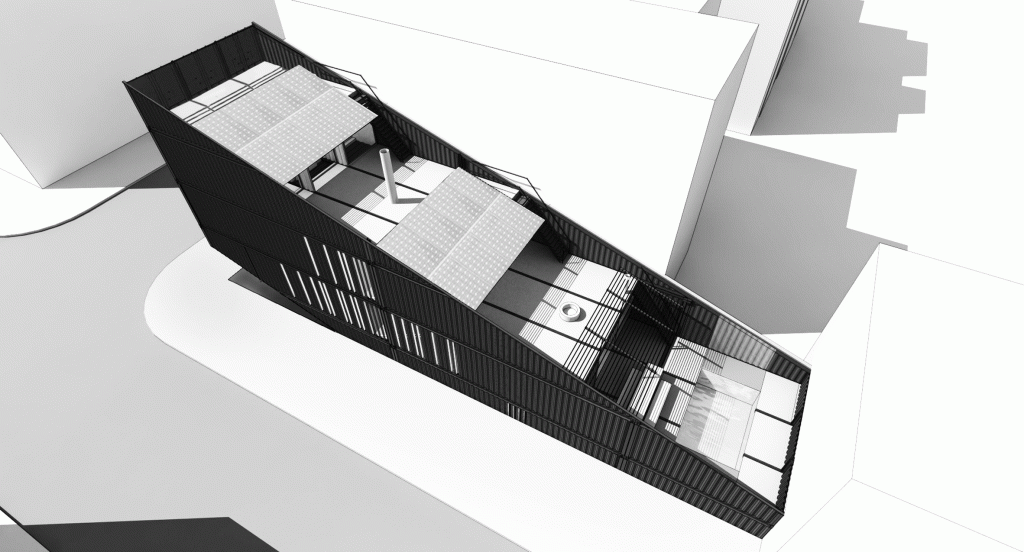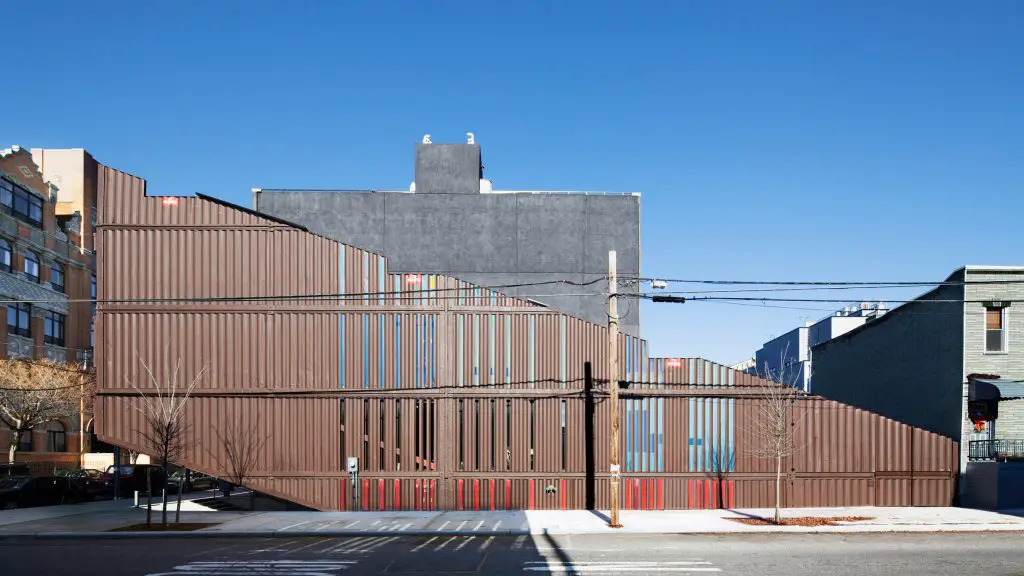New York studio LOT-EK has constructed a family home in Brooklyn by stacking shipping containers, and slicing them at a point to make porches ventured down its back.
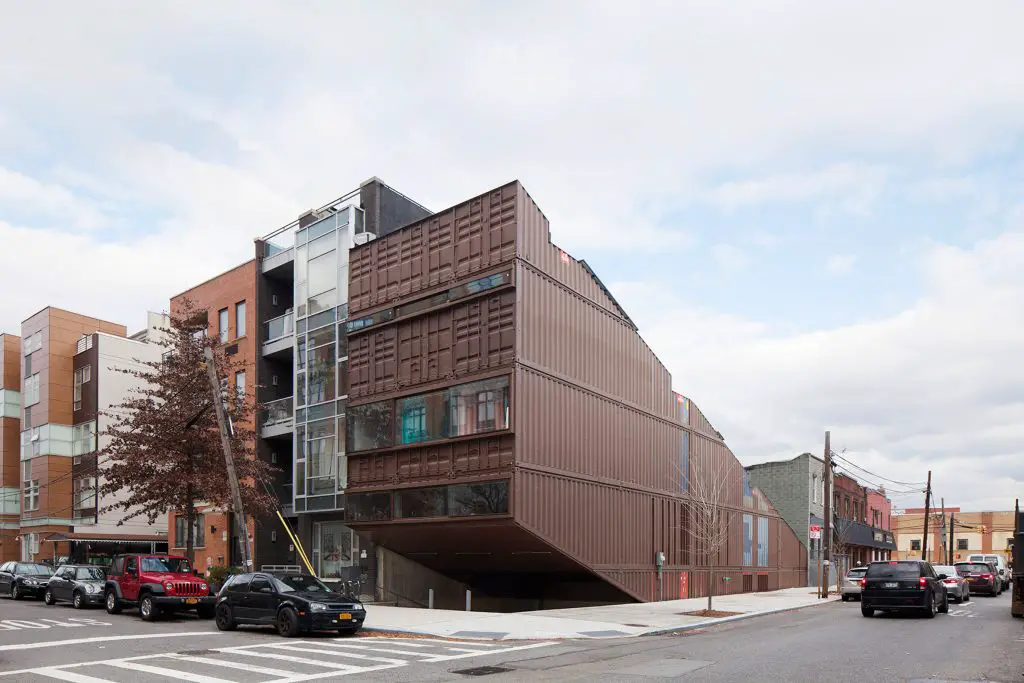
Carroll House was intended for a couple in the café business with two little youngsters and two felines. They needed a one of a kind home to fill a plot they found toward the part of the bargain in Williamsburg, so asked shipping container experts LOT-EK to take on the test.
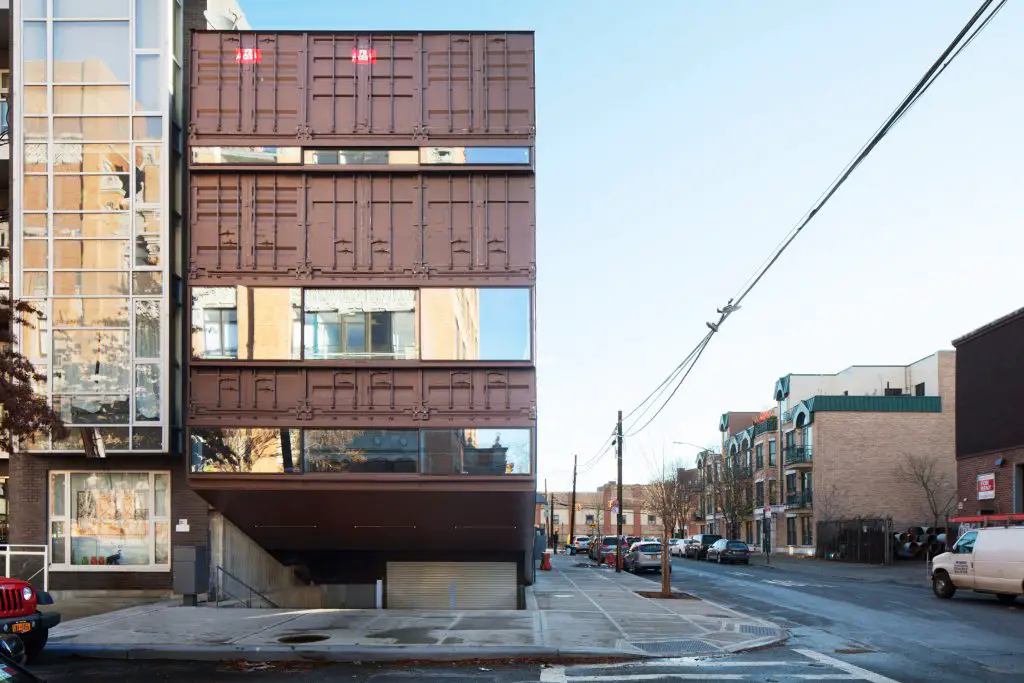
The Manhattan-based firm established by Italian team Ada Tolla and Giuseppe Lignano has experience working with the neglected metal containers around the globe, and as of now finished the redesign of a carriage house in Brooklyn utilizing the secluded steel volumes.
Anyway this was the studio’s first chance to develop a whole house in the city.
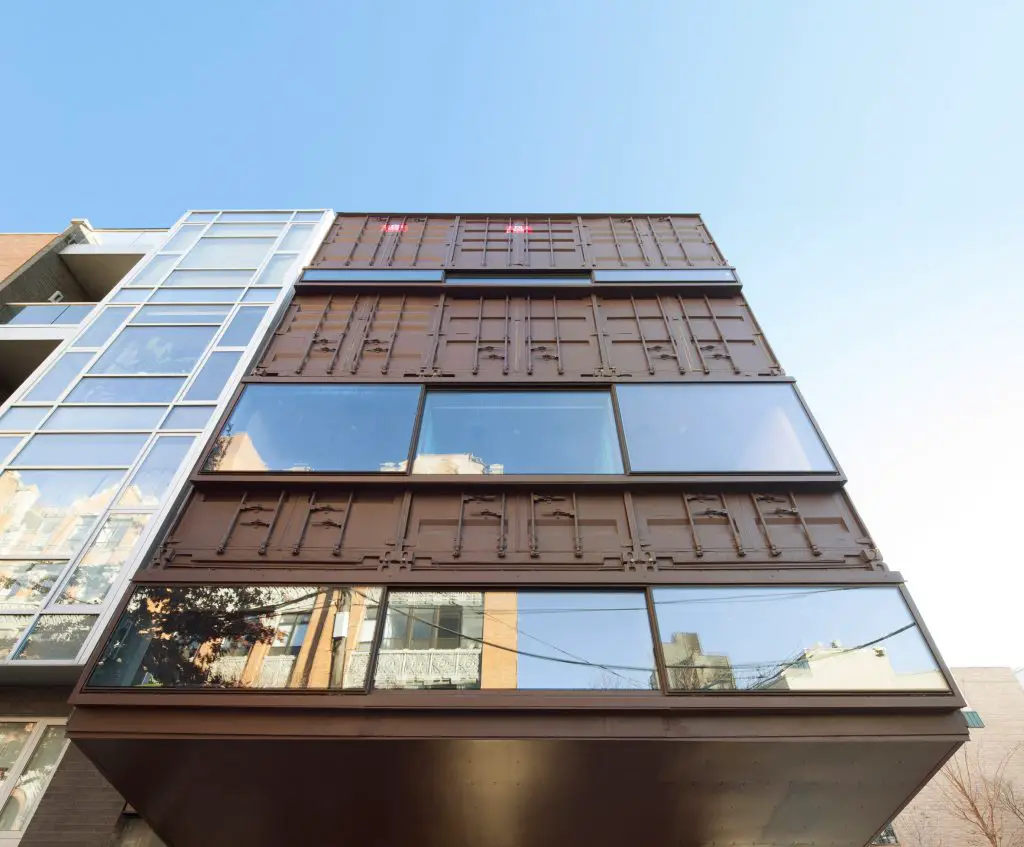
“For New York, to have the option to develop a ground, single-family house is exceptional,” said Tolla during the Van Alen Institute’s fall party, which was held at the home a week ago. “We were eager to change the run of the mill typology of the townhouse, shaping a connection among indoor and outside.”
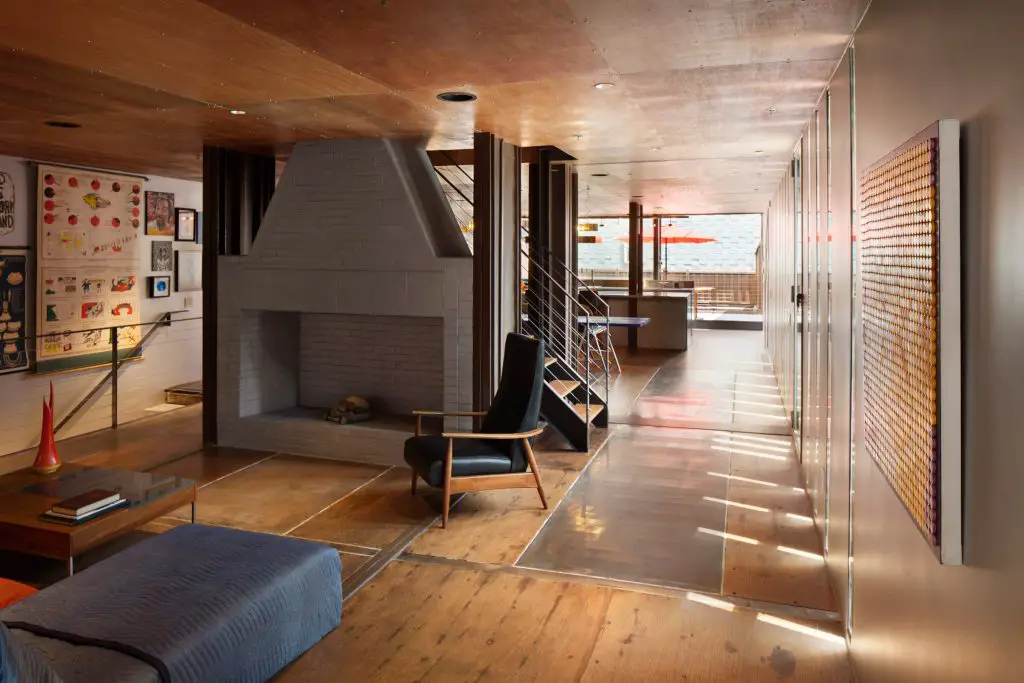
The house involves the full impression of a 25-by 100-foot site, the run of the mill size for a Brooklyn parcel. Less standard is its situation toward the part of the arrangement, which means both a short and long veneer are completely presented to the road.
“For the most part, the townhouse just has the short side in the city,” Tolla said. “So making a solitary family home that had all the facing was extremely a test, and the thing we were neutralizing.”
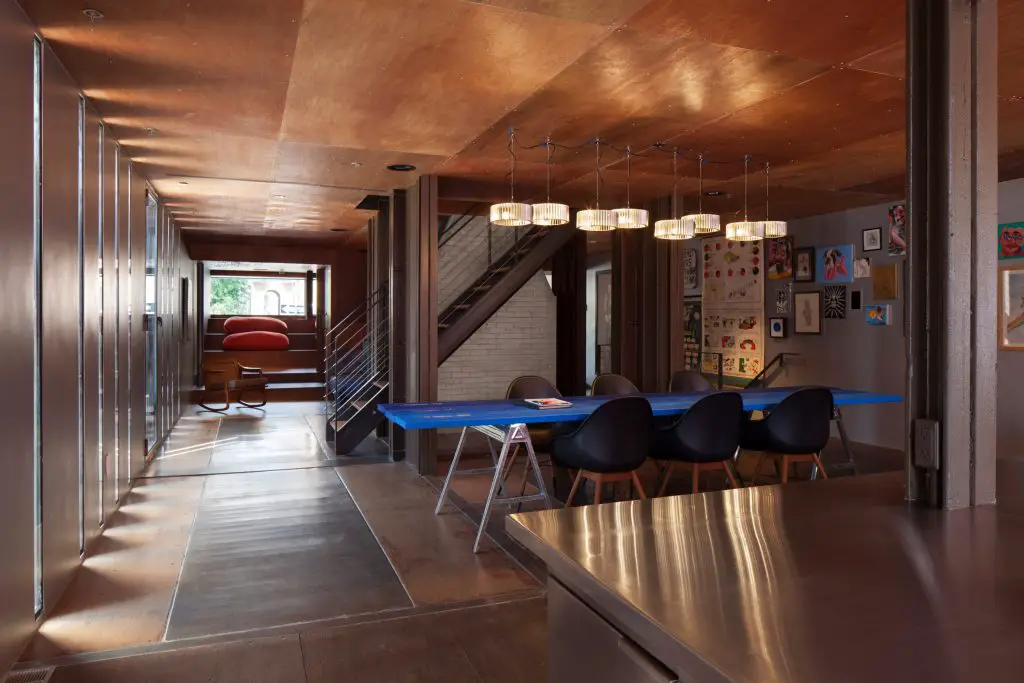
Parcel EK stacked the dark colored containers three wide and two long, at that point three high at the front and two high at the back, over a solid base.
A choice was then made to cut off segments from the lower back of the heap, cut at a point downwards from front to back. Instead of disposing of the abundance pieces, the group flipped them over and set them over the higher stack.
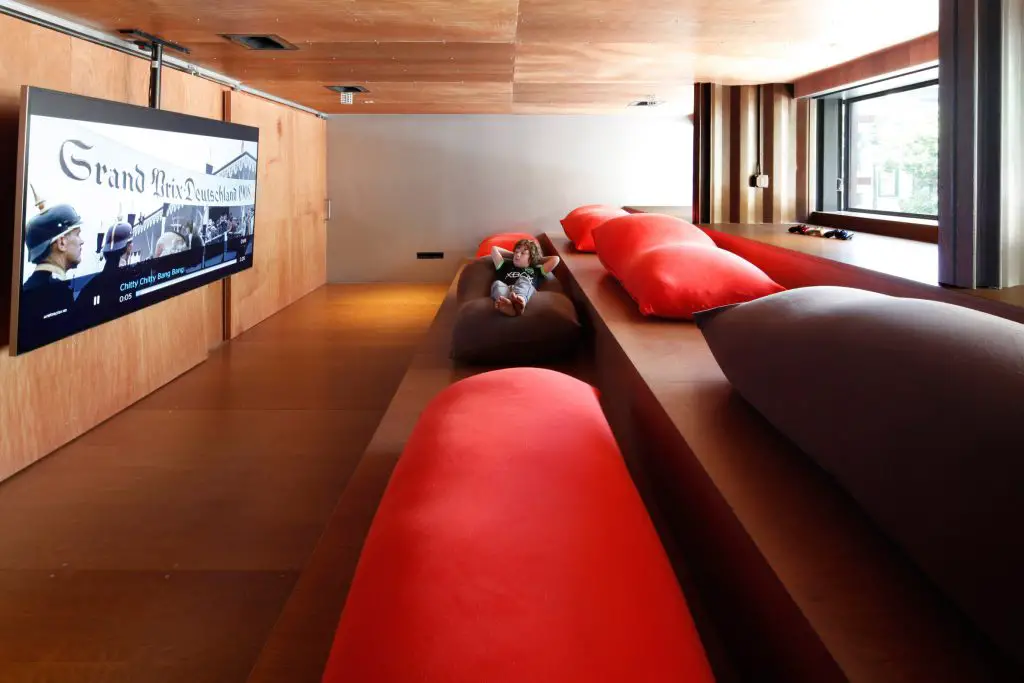
With the expansion of additional metal pieces, they made a nonstop incline down the structure, which mostly covers a progression of ventured outside stages.
“When we pondered cutting the stack, we understood that we made patios at each level, and a great deal of protection along the 100 feet,” said Tolla.
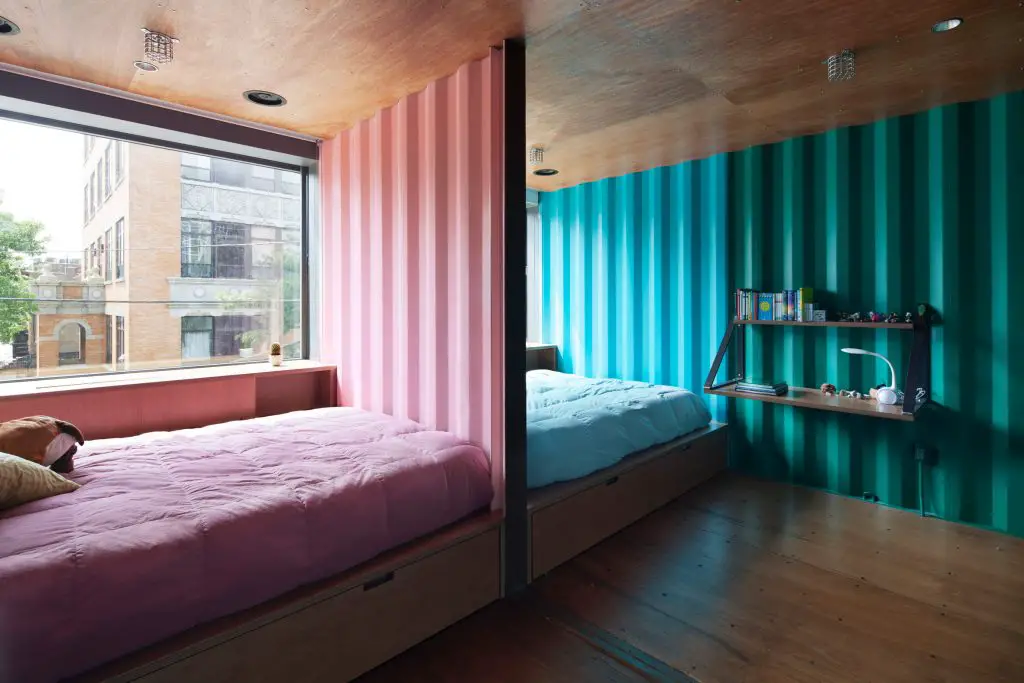
Little bits were additionally expelled from the base of the structures front, enabling access to a beneath grade passage down a solid arrangement of stairs and slanted carport.
After entering, a staircase paves the way to the living spaces. On every story, segments of the steel container dividers have been evacuated to open up the spaces, while a few segments are held for security and basic help.
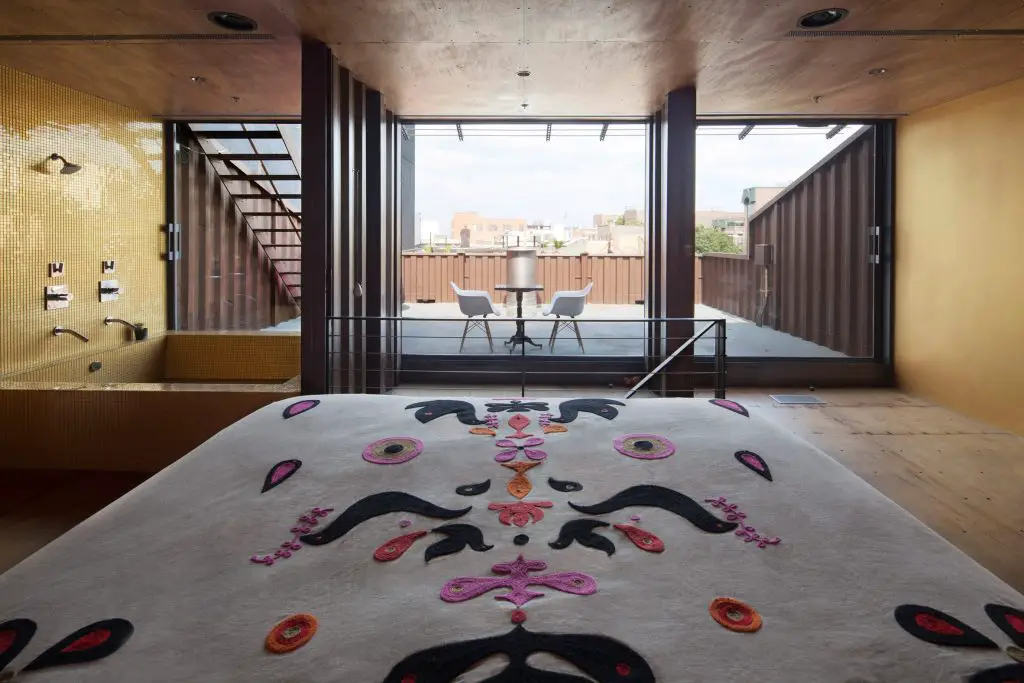
The dim darker of the metal is combined with warm-shaded recovered wood boards on the floors and roofs.
Over the carport and extra rooms in the storm cellar is an open kitchen and feasting region at the back, driving out onto the lower patios.
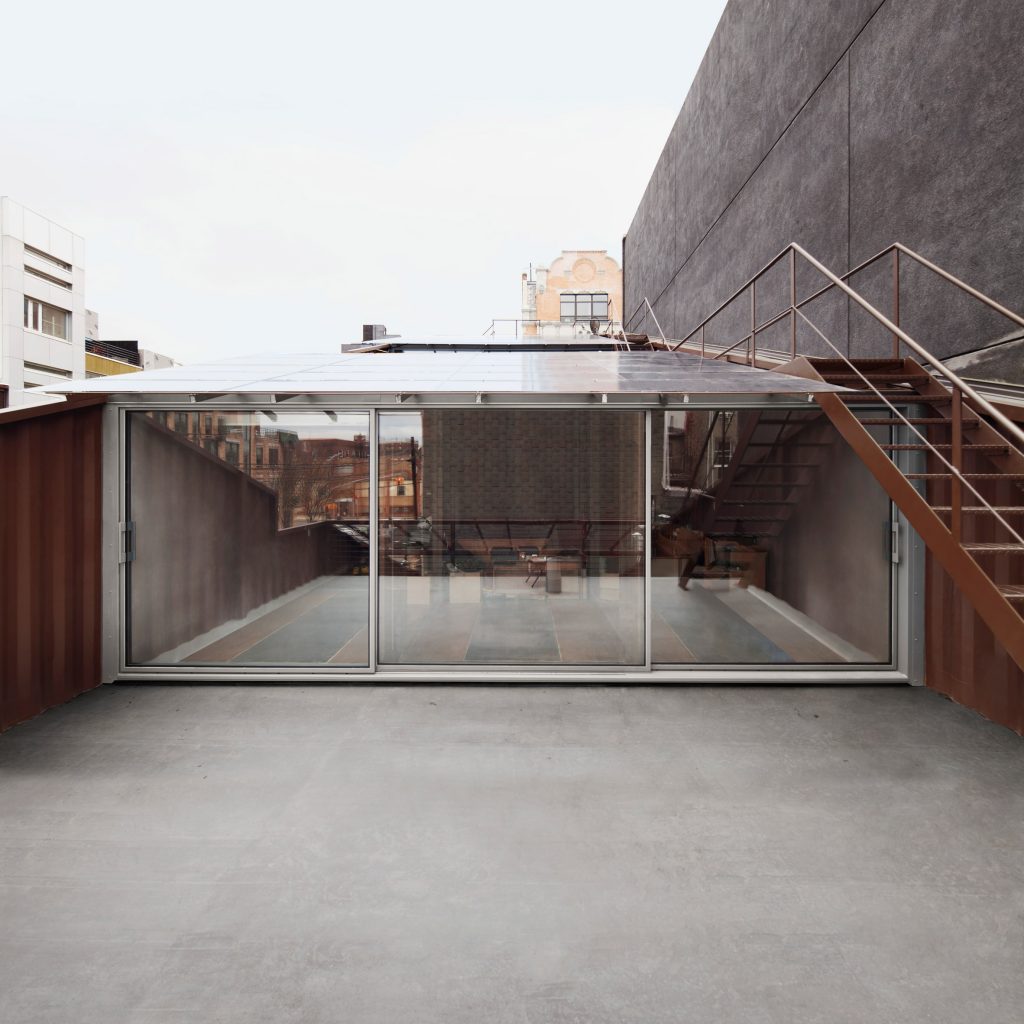
An opposite staircase and a thick block chimney in the focal point of the structure isolates the eating territory from a living room on the opposite side. The incline at the front of the structure is used as a ventured seating for staring at the TV and motion pictures on the contrary divider.
A level up, a library and study space is separated by the stairwell, and opens to another decked porch. Behind a couple of associated restrooms, and another staircase to the ace suite above, are the youngsters’ rooms and an extra room.
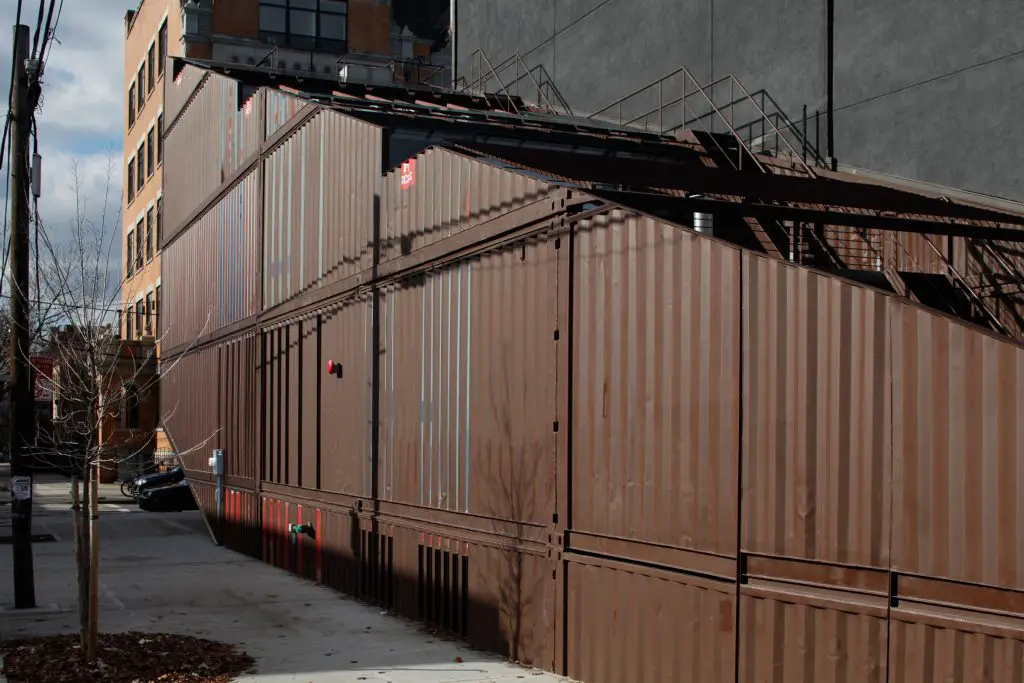
The primary room, washrooms and storerooms possess the full upper story, with floor-to-roof coating extended over the back. Littler windows are set at each level on the front veneer, while slim cuts down the more drawn out height carry extra light into the home.
Working with rescued shipping containers is the same old thing – the upcycled boxes have been utilized for a long time to make anything from staircases and pools, to office buildings and wacky houses.
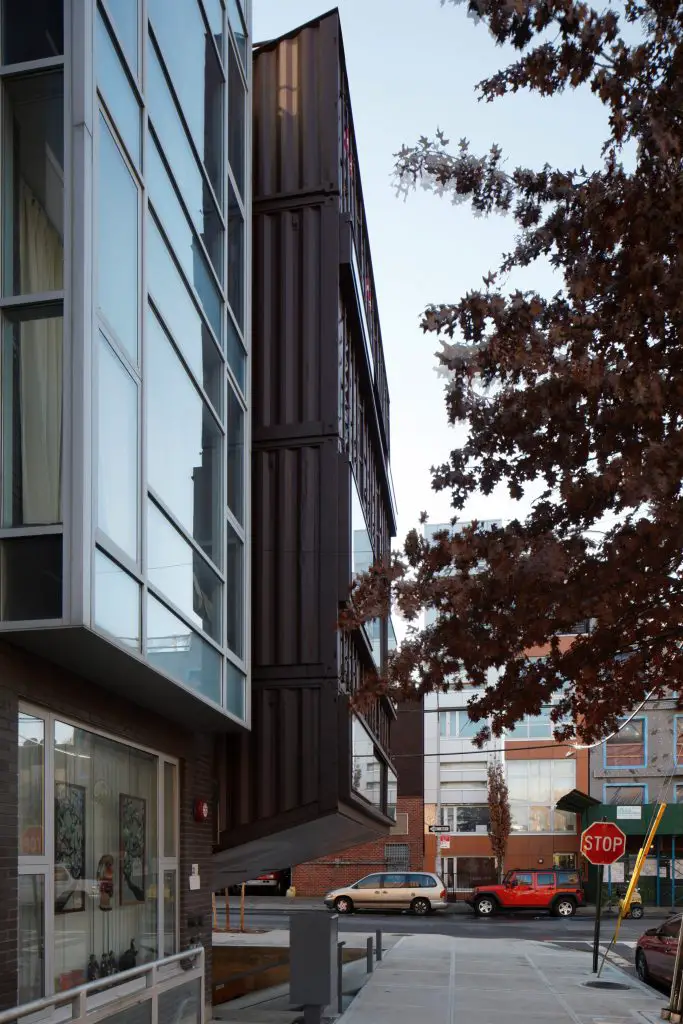
In any case, LOT-EK has committed an enormous piece of its training to building along these lines, and sees the Carroll House as verification that a whole home can be worked from containers on a tight urban plot.
“This house is a proof of idea for New York City,” said Lignano. “We’ve assembled a lot of stuff outside of the US, and outside of New York, however to have a proof of idea of this size and greatness and fulfillment in New York has been a major test and a major achievement.”
Photography is by Danny Bright.
